Trying something new this week: you can listen to this post. Let me know what you think.
I usually have my posts lined up and ready to go, but this week I got really stuck on what to write about. We have lots of birds (manu) around at the moment, but I really wanted to highlight something else, something we don’t know as much about.
So I was sitting in the garden with my laptop, camera by my side, watching the tūī, the korimako (bellbird) and the riroriro (grey warblers) in the beech tree… and I realised that the tree itself would be the perfect subject.
In te reo Māori, beech are called tawai (or tawhai) and there are four species: silver, hard, red, and black - plus the mountain beech, which is a subspecies of black beech. I believe the species we have in our garden is the silver beech (Nothofagus menziesii) based on descriptions and beech forest locations around our area. It was likely brought in by birds or the wind, as it grows up to 30 metres (100 feet) so isn’t exactly a garden tree! Having said that, I see nothing wrong with growing large trees in backyards as they can be cut down. Now that we’re living in the south, large trees give us an opportunity to grow and harvest some of our own firewood - it’s certainly more sustainable than anything we can purchase. Coppicing is also an option.
Tawai is an ancient species, with roots in Gondwanaland dating over 100 million years ago. When European settlers first came to Aotearoa they mistakenly called these trees ‘birches’ (in Laing & Blackwell’s Plants of New Zealand (1934) they bemoan the incorrect use of ‘birch’, wondering whether it is “futile to hope that the more exact name will become popular”). But - they are genetically distinct from the northern hemisphere beeches, so they aren’t really beeches either! Its scientific family name, Nothofagus, means ‘false beech’.
Tawai ngāhere (forests) are different to our other ngāhere in that they usually only consist of one or two tree species. In most native ngāhere, there can be up to fifty different species in a single acre of land (about the size of two netball courts).
It’s not that tawai don’t play nice with others, though. Tawai ngāhere can be host to lichen, mosses, and ferns - as well as our threatened native mistletoe plants. They are incredibly resilient trees, and so can survive and reproduce during times of drought or cold where other trees cannot. In addition, their seeds tend not to spread very far so create dense stands.
I’ve chosen to feature them today because of the wildlife they provide for. We have a grove of about a dozen tawai behind our large horse chestnut tree, and if I sit still long enough I can almost guarantee a sighting (or at least a hearing) of riroriro or pīwakawaka. Other manu enjoy the offerings of tawai, too: during spring I will often see korimako, and in winter kererū will perch in the spreading canopy. From summer through to autumn, it is a favourite spot for insects wanting to warm up. It’s host to sooty beech scale insects (Ultracoelostoma) that produce honeydew - this is probably why I often see korimako pecking at the bark.

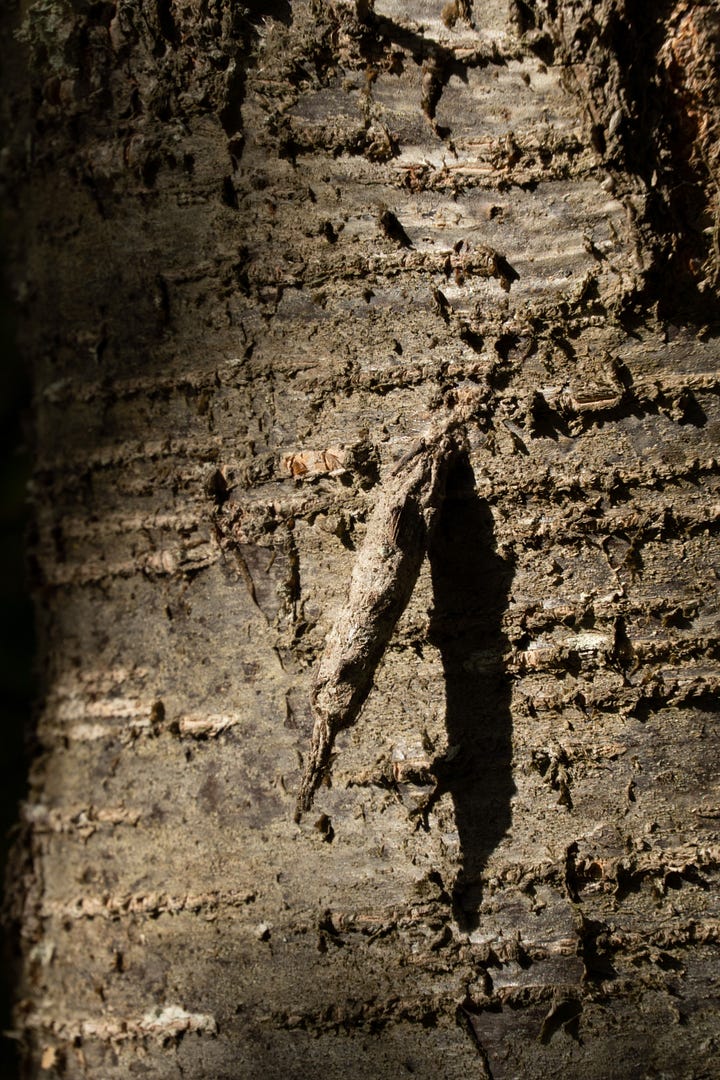
Last year, my friend showed me a bag moth on the side of her house and since then I have been on the hunt for bag moths in our garden. After thorough searching, I found two on the trunk of one of our tawai. They are so well camouflaged; I couldn’t believe I hadn’t seen them before, as it was an area of the garden I frequently used.
They’re beautiful trees. Deeply textured bark allowing for lichen and insects to find homes; miniscule leaves shining green, with warm ochre highlights that Monet couldn’t have painted better. I have my writing table beneath our tawai for its lovely dappled shade on hot days - and for the inevitable company it provides.
Happy tree-hugging,
Zenobia x
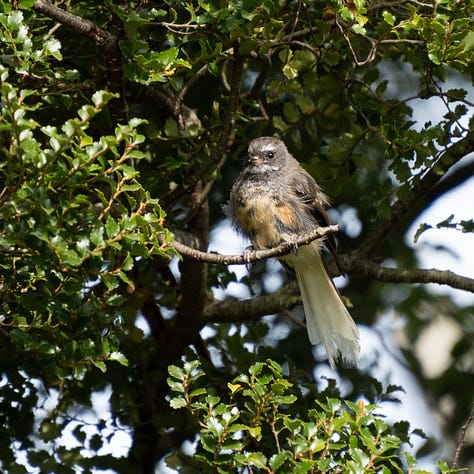
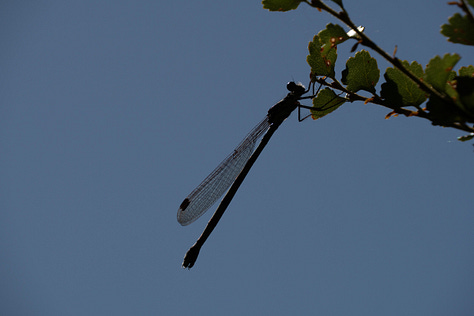
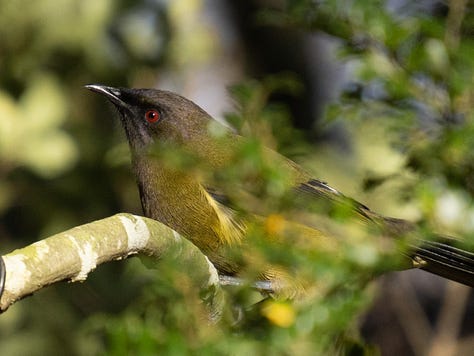


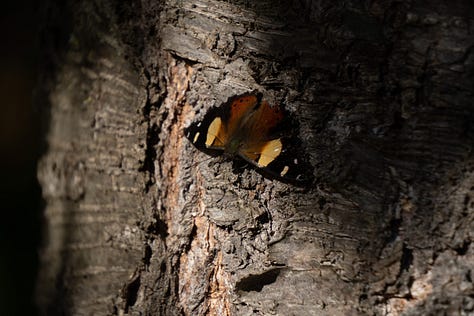
You might also like…
Southern Beech Forest - the story of our beech ngāhere, by Te Ara
Native Forest Restoration Trust - you may not want to plant tawai in your front garden, but you can enjoy & support native ngāhere
Native plants that attract birds - a thorough guide and plant list from Forest & Bird
Predator control sees native bird life double - a podcast about DoC’s bird monitoring project in this West Coast beech forest

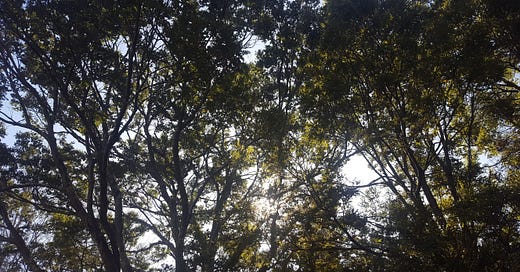



Thank youuuu!!!
ohhh I love this!